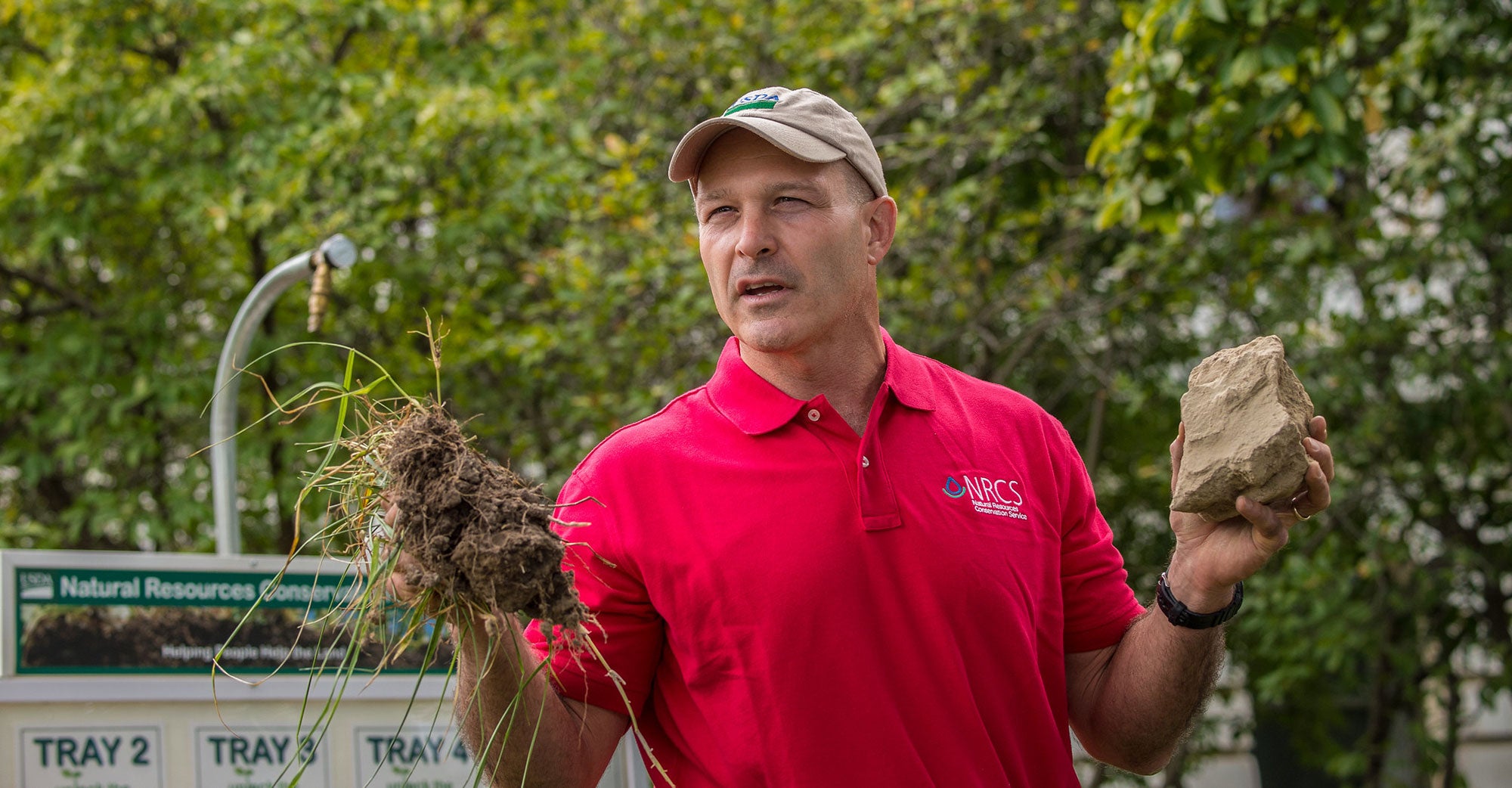As fertilizer and diesel fuel prices hit record highs, I think of all the farmers I know who cut their fuel and fertilizer costs in half years ago. Some of them no longer use fertilizer at all, and the majority of them tell me they burn the greatest share of their diesel fuel in a combine, not in a tractor.
All of them have learned how to manage their soil to improve its health and ability to capture and store water and cycle nutrients to their crops. None of them have made significant sacrifices in crop yields, and all of them are more profitable.
These producers suffer far less during periods of drought or flood and so do not depend on outside assistance to keep them in the black.
In May, the U.S. Department of Agriculture allocated $6 billion for producers impacted by drought, floods, or other natural disasters. Imagine how much less money would be needed for disaster assistance if our agricultural soils infiltrated water that was stored for the crop to use over an extended period of time. Any excess water would percolate deep to recharge the local aquifer or move on through tile drainage systems to surface water.
Oftentimes the “disaster” we face is a degraded soil that has occurred through management that does not foster soil biology and soil function.
Soil degradation has happened largely through ignorance about how the soil functions as a biological system. This can be remedied by educating producers, policy makers, regulators, and the public in how the soil can be profitably managed to restore its capacity to function again. I am not against government support for farmers, but wouldn’t it be better for both the farmers and the government if producers could control their own economic affairs by restoring the ability of their soil to function?

You will often see pitches for various biological products that can be used to enhance yields, and many of them do just that. The reason most of these biological products result in yield increases is because the majority of our agricultural soils are biologically deficient. Some of the biological products introduce microbiology that is missing from the soil due to approaches that have degraded the soil and all the things that are trying to live there.
This leaves producers with a choice: change how the soil is managed to restore the biology, or purchase and apply biologicals on a continual basis. All of the biology necessary for the soil to function is present in the soil, but it is often only present in very reduced populations that are not able to fulfill their roles. Once the soil is managed in a way that allows all of the organisms of the soil food web to flourish, they will return to levels that will make the soil function to infiltrate water and cycle nutrients, often in only a few years’ time.
» Related: The expert’s guide to cover crops
The principles of restoring soil health (aka regenerative agriculture) are to disturb the soil less, increase the diversity of plants grown on the soil each year, keep living roots in the soil as much of the year as possible, and keep the soil covered with plants and their residues at all times. These four principles require a change in thinking more than anything else. Implementing the principles of soil health often requires doing less instead of doing more. That’s why they are more cost-effective from day one. Implementing the principles of soil health is achievable by every producer. By doing so, it will put them in control of reducing input costs that they currently find necessary in order to produce crops on soil that is not functioning to its full potential.
Increasing profitability and reducing dependency on external inputs and financial support is within the reach of every producer. Production agriculture has structured itself around dysfunctional soil for a long time and has developed products and procedures that deal with dysfunctional soil very well. But this has come with a price to us all — producers, taxpayers and our environment as a whole.
The time has come for producers to make some hard choices that involve change. Restore the capacity of the soil to function and take control of input costs, or hope that high crop prices and government support will enable you to continue as a farmer.
Jon Stika is a retired Natural Resources Conservation Service soil health instructor and current part-time professional at the North Dakota State University Dickinson Research Extension Center. He is also the author of “A Soil Owner’s Manual: How to Restore and Maintain Soil Health.”



